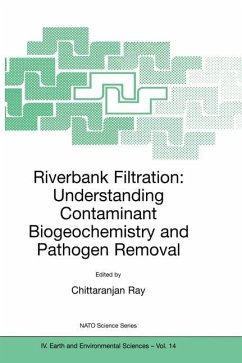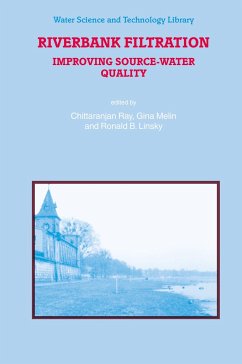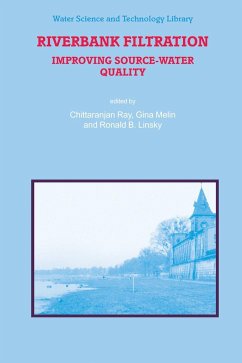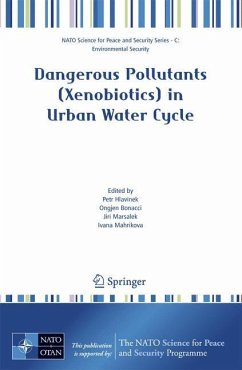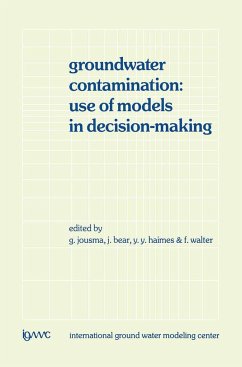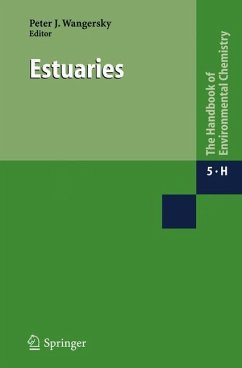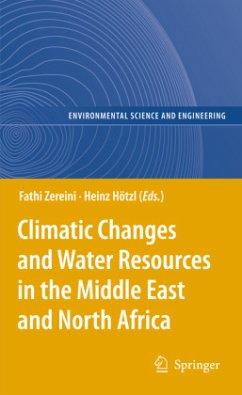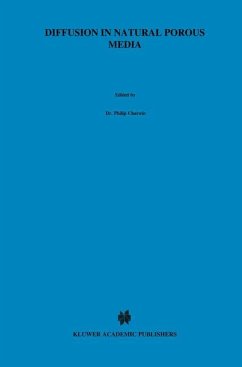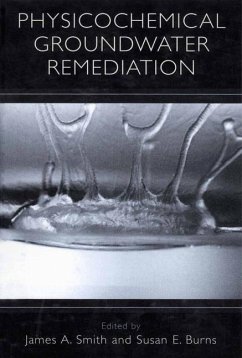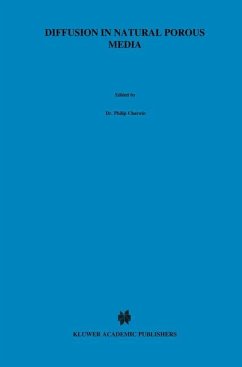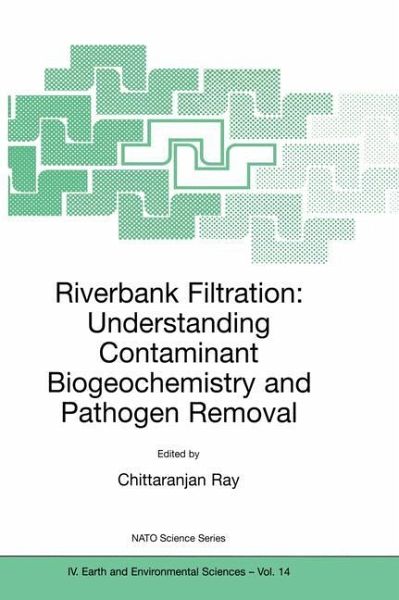
Riverbank Filtration: Understanding Contaminant Biogeochemistry and Pathogen Removal
Versandkostenfrei!
Versandfertig in 1-2 Wochen
115,99 €
inkl. MwSt.
Weitere Ausgaben:

PAYBACK Punkte
58 °P sammeln!
Riverbank filtration is widely used in Europe and to some extent in the United States for the public water supply. It is a cost-effective and realisable treatment technology in which horizontal and vertical wells pump a mixture of ground water and induced surface water from a river. This book describes the biogeochemical issues involved in contaminant removal from surface water and the mechanisms of pathogen removal. Specifically, the following three points are considered: _The role of hydrogeological and well construction factors in the development of redox zones at bank filtration sites and ...
Riverbank filtration is widely used in Europe and to some extent in the United States for the public water supply. It is a cost-effective and realisable treatment technology in which horizontal and vertical wells pump a mixture of ground water and induced surface water from a river. This book describes the biogeochemical issues involved in contaminant removal from surface water and the mechanisms of pathogen removal. Specifically, the following three points are considered:
_The role of hydrogeological and well construction factors in the development of redox zones at bank filtration sites and the resulting impacts on contaminant removal.
_The mechanisms of pathogen removal, including the processes, colloid filtration, die-away, decay, and predation.
_The status of riverbank filtration processes in NATO partner countries.
_The role of hydrogeological and well construction factors in the development of redox zones at bank filtration sites and the resulting impacts on contaminant removal.
_The mechanisms of pathogen removal, including the processes, colloid filtration, die-away, decay, and predation.
_The status of riverbank filtration processes in NATO partner countries.





